By Jet Yu
THE first half of 2025 has been shaped by geopolitical shocks and local political frictions, with global attention fixed on US President Donald Trump’s unpredictable economic moves. For the Philippines, early developments offered promise: in April, while other ASEAN countries faced tariffs of up to 49%, the Philippines received the second-lowest rate at 17%, prompting the country’s positioning as a “China+1+1” fallback manufacturing hub.
That advantage was short-lived. Following regional negotiations, the Philippines’ tariff rose to 19%, matching Indonesia, Thailand, and Cambodia. While further negotiations remain possible, the Philippines must focus on strengthening fundamentals to attract both local and foreign investment amid these shifting trade winds.
High operating costs and structural barriers continue to challenge the Philippines’ industrial competitiveness
The Philippines faces significant hurdles to industrial competitiveness, starting with high operating costs. It has the second-highest electricity rate in Southeast Asia with industrial power costs roughly 40-50% higher than in Malaysia, Indonesia, Vietnam, and Thailand. For energy-intensive sectors like steel, cement, and glass, fuel and power can account for up to 60% of expenses.
Labor costs, once a key advantage, have also tightened: after recent wage hikes across ASEAN, the Philippines now sits mid-pack among ASEAN-5 economies. Structural and regulatory inefficiencies further dampen investor confidence. Slow permit processing, heavy bureaucracy, port congestion, and a shortage of large, ready-to-use facilities extend lead times and raise logistics costs.
Geographic advantage, robust policy support, and talent depth drive the Philippines’ regional investment competitiveness
Despite cost and regulatory headwinds, the Philippines offers clear strategic advantages backed by measurable progress. Approximately 141 kilometers from Taiwan, it serves as a rapid-response hub for semiconductor supply chains, with same-day air and overnight sea access for critical components. This geographic edge is reinforced by competitive incentives from the Philippine Economic Zone Authority (PEZA) and the Board of Investments (BoI), including income tax holidays, a 5% special tax on gross income, duty-free importation of capital equipment, and streamlined customs within ecozones. Thanks to this, PEZA approvals rose 59.1% year on year to P72.362 billion in the first half of 2025.
Infrastructure spending is also ramping up, with P1.507 trillion allocated in 2025 to the “Build Better More” program’s 194 flagship projects. Key undertakings such as the Subic–Clark–Manila–Batangas freight railway, Batangas Port expansion, and new international airports are designed to cut logistics costs, ease congestion, and boost inter-island and export connectivity, alongside investments in renewable energy and digital infrastructure.
Human capital remains a major asset: the Philippines ranks second in Asia in English proficiency, has a median age of 26.1 years, and produces over 800,000 tertiary graduates annually, including a strong STEM pipeline, thus offering a young, adaptable workforce for both labor-intensive and high-value manufacturing.
With these strategic advantages in place, the next question is where in the Philippines these strengths translate into the greatest on-the-ground potential. A closer look at the country’s most active industrial hubs reveals which provinces are best positioned to capture new investment flows.
Pampanga leads provincial warehousing demand, driven by world-class infrastructure and pro-business climate
Pampanga, together with the Metro Clark area that extends into northern Tarlac, has emerged as one of Central Luzon’s most dynamic industrial and logistics growth corridors. Once regarded mainly as a secondary support hub to Bulacan, the province has rapidly risen in prominence, accounting for nearly 17% of national warehousing requirements in the first half of 2025, the most of any province.
The province’s connectivity is also among the best in the country, with Clark International Airport serving as a major gateway for cargo and passenger movement, SCTEX linking Clark to the Subic Bay Freeport Zone, NLEX connecting directly to Bulacan and Metro Manila, and future freight infrastructure such as the Subic–Clark Railway and Malolos–Clark Railway set to enhance regional distribution capabilities.
Metro Clark’s industrial surge is matched by a favorable business environment within its economic zones, offering 100% leasehold control for foreign locators, minimal bureaucracy, and a full suite of fiscal incentives from the Clark Development Corp. (CDC), PEZA, and BoI. With world-class connectivity, robust industrial demand, and a pro-investment regulatory framework, Clark is no longer just a strategic alternative — it is quickly becoming a primary choice for expansion.
Robust port infrastructure and ongoing capacity upgrades fuel Cebu’s steady pipeline of warehouses and cold storages
Cebu’s robust port infrastructure — consistently handling the highest cargo volumes in recent years — anchors its position as Visayas’ industrial and logistics hub. This maritime advantage has enabled Cebu to command the highest average lease rate among key warehousing locations and secure the second-largest cold storage capacity in the country. Reflecting this strength, cold storage developers are doubling down, driving the country’s largest pipeline of new capacity entirely from existing operators.
However, challenges persist. Much of Cebu’s warehouse stock, particularly in the prime area of Mandaue, consists of aging facilities with limited connectivity. Poor zoning implementation and the city government’s push for commercialization have pushed industrial activity outward. Consolacion has emerged as the leading alternative, offering newer warehouse developments and soon hosting the New Cebu International Container Port.
Further northeast, Liloan is poised to become the next catchment area, supported by ample land supply and planned road upgrades. To the south, Talisay serves as Consolacion’s counterpart, with Minglanilla expected to anchor the bulk of upcoming warehouse projects. With port capacity continuing to grow and central warehouse availabilities becoming scarce, Cebu’s industrial expansion will inevitably spread outward, making timely investment in connective infrastructure critical to sustaining growth.
Modern warehouses, economic growth, and infrastructure development build Davao’s industrial edge
Just like Cebu, Davao stands as the most sought-after province for warehousing in its region, recording the third-highest occupancy rate nationwide at 98.3%. Despite robust demand and the presence of modern Grade A facilities that rival those in Metro Manila, average lease rate remains very attractive at P160 per square meter per month.
Its strategic location in the south of Mindanao makes it a vital gateway for logistics and distribution firms serving the southern market, reinforced by robust economic growth and major infrastructure upgrades. These include the Davao City Bypass Road, which will cut travel time between Toril and Panabo by nearly an hour; the Davao City Coastal Road, easing traffic while doubling as a storm-surge barrier; the Davao–Samal Bridge, reducing inter-island travel to just five minutes; and the Sasa Port modernization, which will expand maritime cargo capacity.
Investment appeal is further strengthened by the Davao City Investment Promotion Center, which offers multi-year tax exemptions and non-fiscal incentives such as permit facilitation and business matching.
With the scarcity of central district warehouse space, new developments are shifting northward to Tibungco, Panacan, and Mahayag, where fresh entrants are driving supply growth. Backed by modern facilities, growing connectivity, and pro-investment policies, Davao is poised to cement its role as the strategic industrial nucleus of Mindanao.
Strategic relief, cost reduction, and structural reforms will position the Philippines to capture high-value investments
To sustain industrial growth and attract high-value investments, the Philippines must pair immediate relief with structural reforms. Tariff shocks can be eased through targeted measures such as duty drawback, faster VAT refunds, and selective trade agreements, tied to export performance. Cost competitiveness can be strengthened by offering time-bound electricity subsidies to high-value sectors like semiconductors, advanced manufacturing, and cold storage.
Regulatory bottlenecks require a nationwide single-window clearance system, digitalized processes, and multi-year legislation to ensure policy stability. Skills gaps in advanced manufacturing can be addressed through specialized training hubs in industrial zones, industry-led apprenticeships, and globally recognized certifications.
Finally, port congestion and infrastructure gaps must be tackled through fast-tracking priority projects, improving operational efficiency, and building multimodal connectivity linking industrial parks to highways, ports, and airports.
While the Philippines lags its most competitive ASEAN peers, its strategic location, investment incentives, skilled workforce, and infrastructure pipeline form a solid base of sustainable industrial growth. Addressing cost, skills, and regulatory challenges with urgency could elevate the country from a promising alternative to a primary choice for global supply chain relocation.
Jet Yu is the founder and CEO of PRIME Philippines.
PRIME Philippines is the country’s fastest-growing and most disruptive commercial real estate advisory firm. Established in 2013, PRIME has redefined the brokerage industry by replacing outdated practices with innovation, data intelligence, and relentless execution. With full-service offices in Manila, Cebu, and Davao, PRIME has completed over 300 high-impact projects nationwide. Backed by a team of over 100 professionals, PRIME is multi-awarded and trusted by the country’s top developers, investors, and occupiers. It is involved in big ticket office transactions and holds the No. 1 position in industrial leasing nationwide.

 2 days ago
1
2 days ago
1

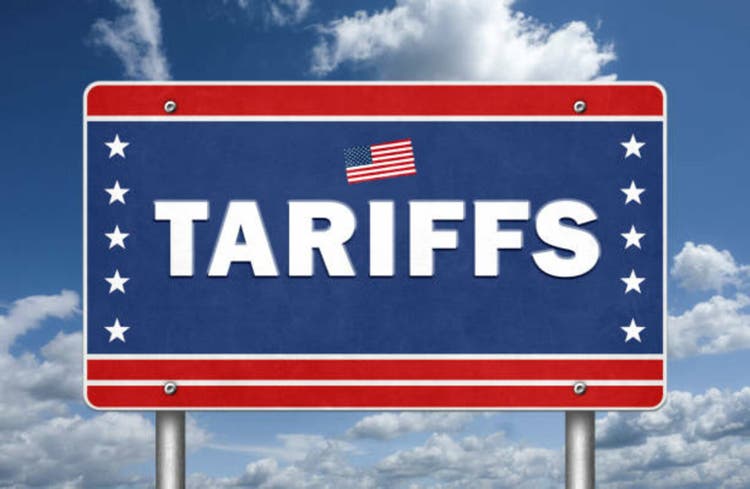

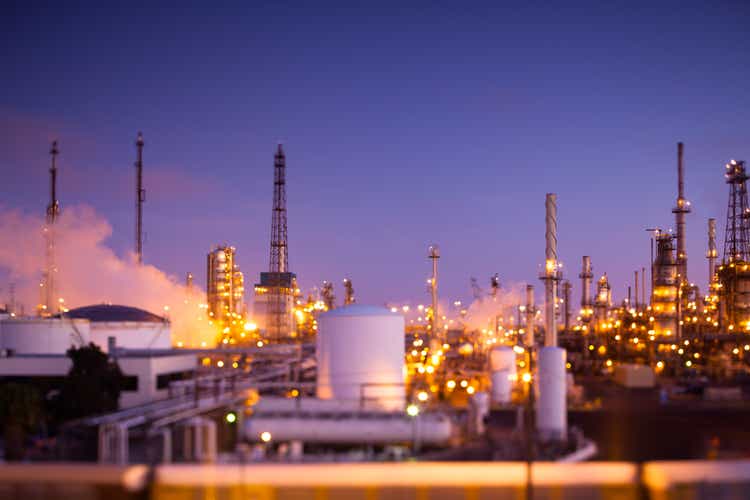

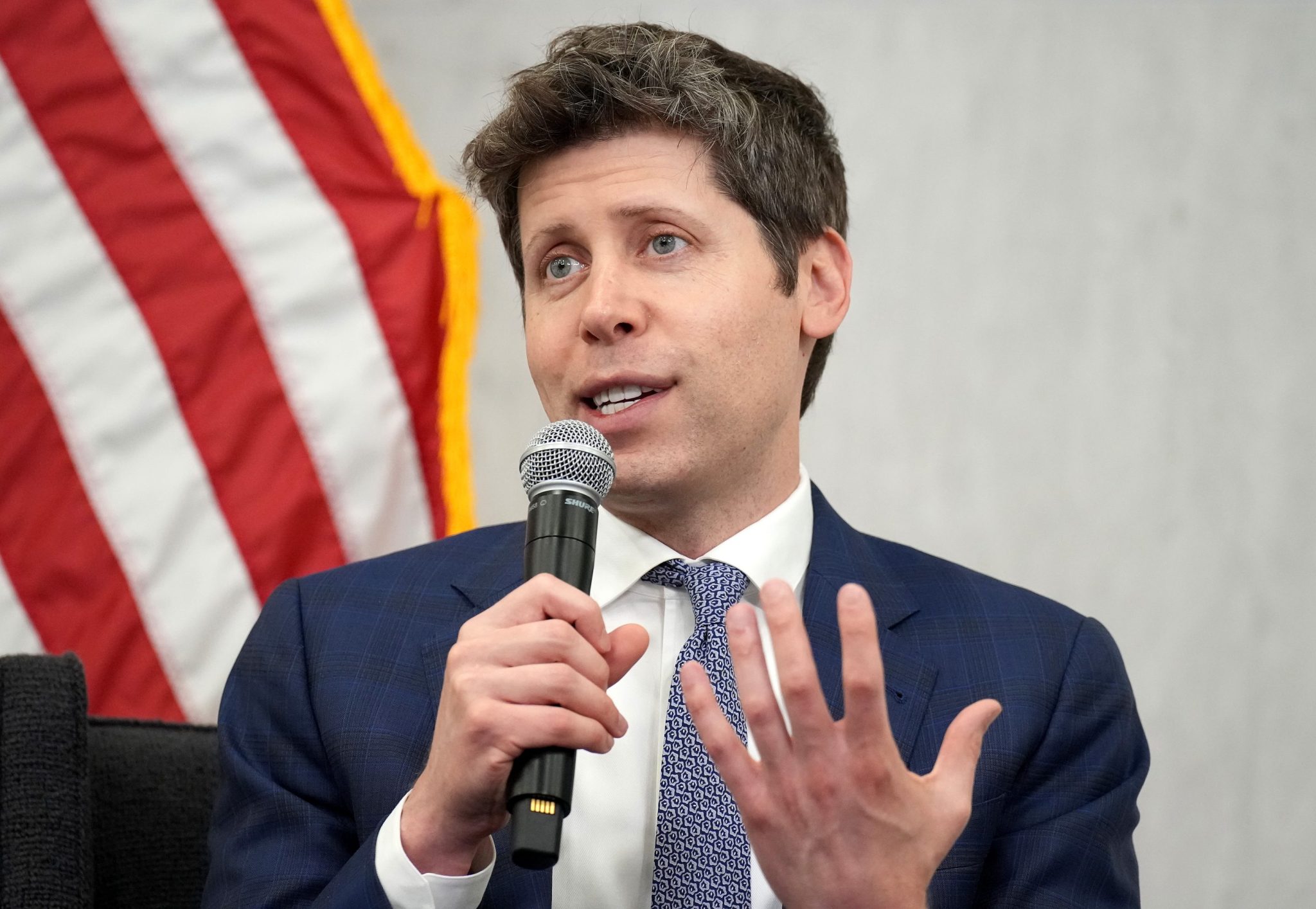
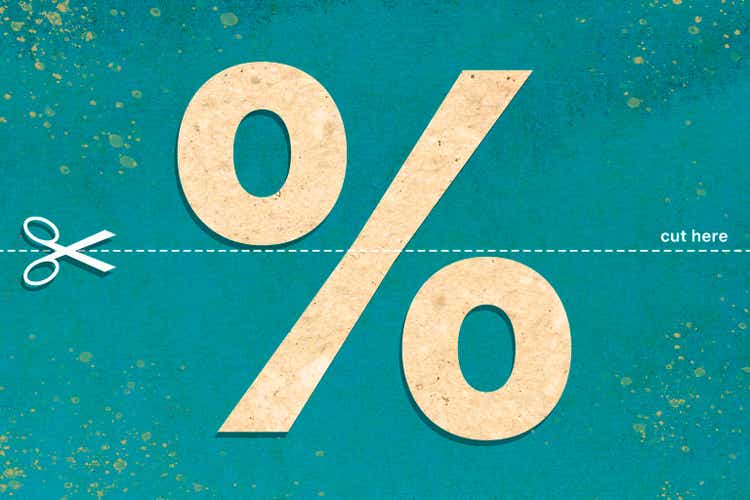


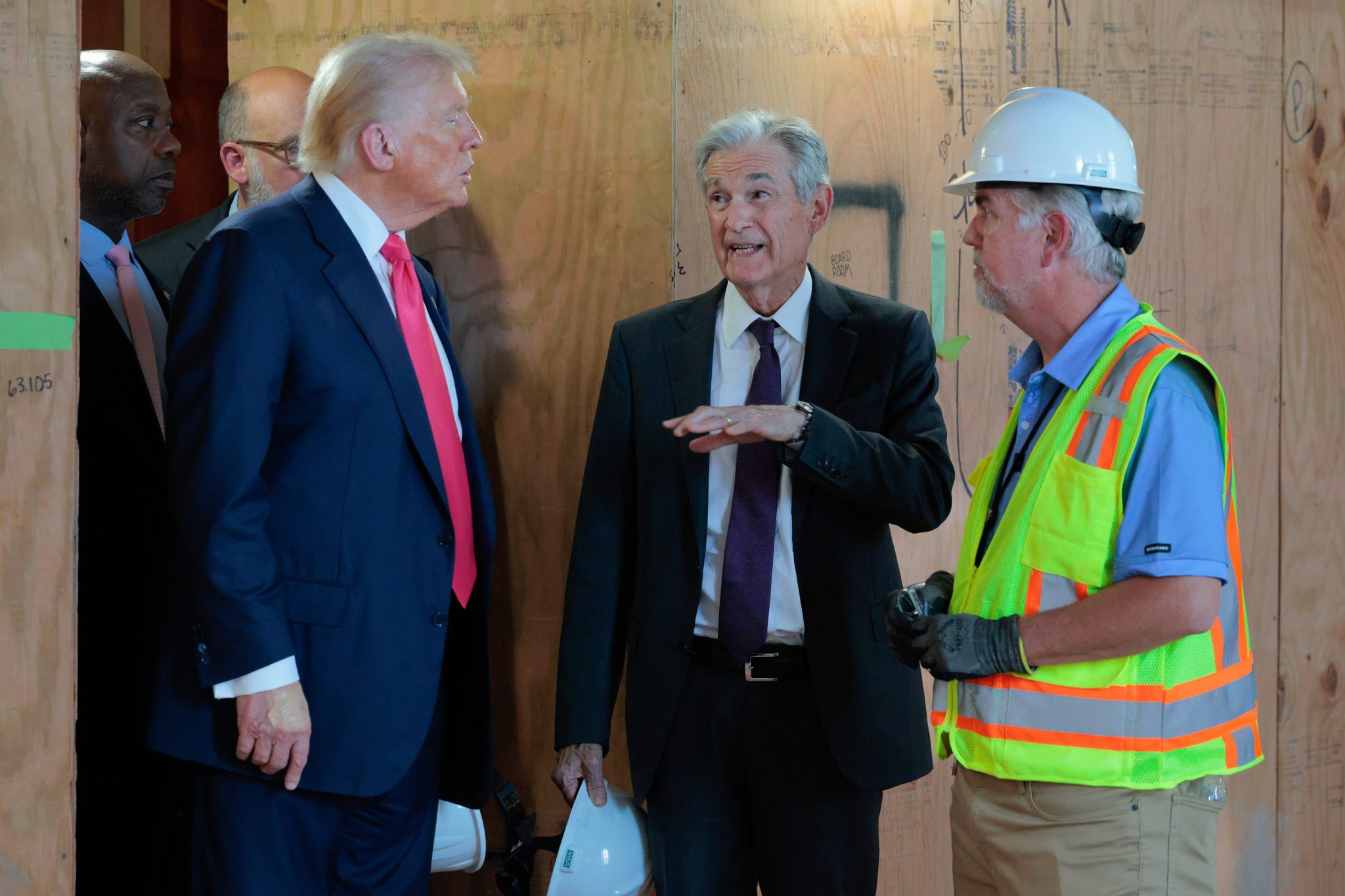







 English (US) ·
English (US) ·